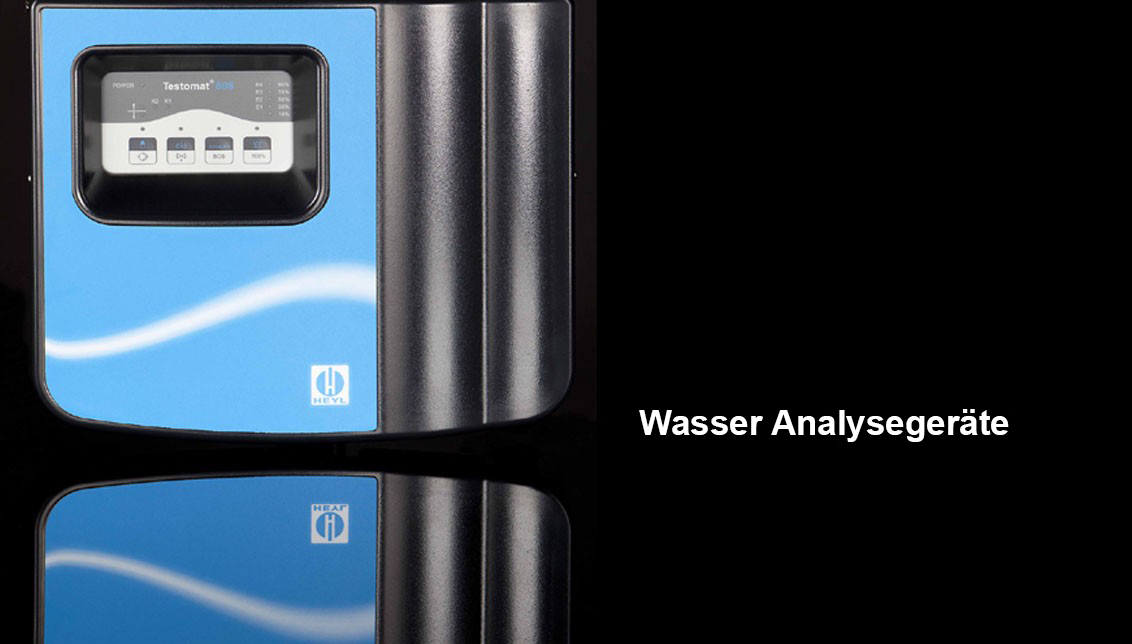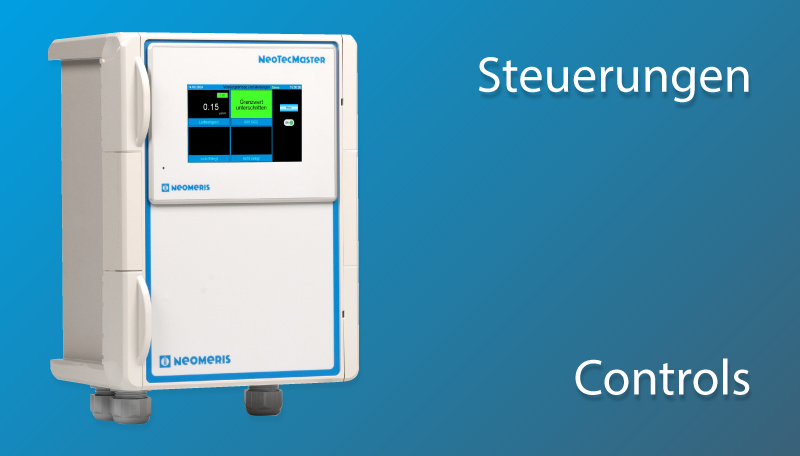Ozone application as an alternative technology for disinfection
Ozone is used as a disinfectant in industrial process technology and water treatment because it has a very strong oxidative effect that can effectively kill many microorganisms, bacteria, viruses and other organic contaminants.
What are the advantages of using ozone as a disinfection technology compared to conventional methods?
Ozone as a disinfection technology offers some specific advantages over chlorine and UV rays, especially in water treatment and disinfection. Ozone (O3) is a powerful oxidizing agent that effectively kills bacteria, viruses, molds, and other pathogens. Here are the main advantages in comparison:
- Stronger disinfection power
- Ozone is one of the strongest oxidants and is therefore very effective against a wide range of microorganisms, including bacteria, viruses, fungi and spores. It is stronger than chlorine and can achieve faster and more comprehensive disinfection.
- UV rays are also effective against many microorganisms, but their effectiveness depends on direct light irradiation, which means that shaded areas or cloudiness in the water can impair the disinfection effect.
- No harmful by-products
- Ozone quickly breaks down into oxygen after use, leaving no harmful residues. By contrast, chlorine can react with organic matter in the water to form by-products such as chloramines and trihalomethanes (THMs), which can be harmful to health.
- UV rays also produce no by-products, but they have a purely bactericidal effect, with no oxidative removal of organic matter.
- Removal of odors and tastes
- Ozone oxidizes organic substances that cause unpleasant odors and tastes. This is an advantage over chlorine, which often leaves an intense odor and taste itself.
- UV has no effect on odors or tastes, as it is only used for disinfection and does not cause any chemical changes in the water.
- Effect on dissolved organic matter
- Ozone can break down dissolved organic compounds in water, which is particularly advantageous when treating wastewater or removing certain pollutants.
- Chlorine has only a limited effect on such organic compounds. UV has no oxidizing effect and therefore cannot break down these substances.
- Wide range of applications
- Ozone can be used for both water and air disinfection and is therefore versatile, e.g. in hospitals, swimming pools, in the food industry and for odor removal in buildings.
- Chlorine is usually limited to water disinfection and is not suitable for air purification.
- UV is also primarily used for water and surface disinfection and can only be used to a limited extent for air disinfection.
- Reducing the need for chemicals
- Ozone can be used as an alternative to chlorine, reducing the overall chemical load. In swimming pools in particular, this means less exposure for bathers' skin, eyes and respiratory tract.
- UV radiation does not require any additional chemicals, but, unlike ozone, does not provide oxidative support, which can be a disadvantage in some applications.
- Effectiveness at low temperatures
- Ozone is effective at low temperatures, making it advantageous in certain environments, such as cold water treatment.
- Chlorine and UV are also effective at low temperatures, but ozone is particularly efficient in this case because its reaction rate is less affected by the cold.
Summary:
Ozone offers many advantages over chlorine and UV in disinfection technology, particularly due to its high effectiveness, the absence of harmful by-products, the ability to neutralize odors and tastes, and to oxidize organic contaminants. However, the use of ozone is associated with special safety precautions, as it can be harmful to health in high concentrations.
Ozone technology is used in a variety of ways in industrial process engineering and water treatment due to its effective disinfection and oxidation power. Here is an overview of how ozone works in these areas:
- Properties and effects of ozone
- Ozone (O₃) is an unstable molecule consisting of three oxygen atoms. It quickly breaks down into oxygen (O₂), with one oxygen atom becoming free.
- The released oxygen atom is extremely reactive and can efficiently oxidize organic and inorganic substances. This high reactivity makes ozone a powerful disinfectant and oxidant.
- Ozone eliminates microorganisms, viruses, bacteria and other contaminants by attacking and destroying cell membranes and cell walls.
- Ozone production
- In industry, ozone is most often produced by corona discharge, which passes high voltage electricity through air or pure oxygen. An alternative process is UV radiation at specific wavelengths, which splits the oxygen molecules.
- The ozone thus generated is then fed into the water or air system where it can exert its oxidizing effect.
- Applications of ozone technology
- water treatment
- Drinking water treatment: Ozone is often used to disinfect drinking water because it efficiently kills bacteria, viruses and parasites without leaving harmful by-products.
- Swimming pools and aquariums: Ozone is used to keep the water clean and to eliminate harmful microorganisms. Compared to chlorine, ozone produces fewer unpleasant odors and irritating by-products.
- Process water treatment in industry
- Food and beverage industry: Ozone can be used to clean water used in production. It disinfects water without chemical residues, which is crucial for the food industry.
- Pharmaceutical industry: Here, ozone is used to sterilize water used in the production of medicines and other pharmaceutical products.
- Cooling water: in cooling water treatment, ozone prevents the formation of biofilms and controls the growth of microorganisms. This increases the efficiency of cooling systems and minimizes corrosion.
- water treatment
- Advantages and disadvantages of ozone technology
- Advantages:
- High disinfection performance: ozone is faster and more effective than many other disinfectants.
- No residue: After reaction, ozone breaks down into oxygen, which means no harmful by-products are left in the water.
- Reduction of chemicals: In many processes, the need for other chemicals, such as chlorine, can be reduced or completely eliminated.
- Disadvantages:
- instability and storage: ozone cannot be stored, so it must be generated on site.
- corrosion: the high oxidizing power of ozone can cause corrosion in unprotected piping systems and equipment.
- Costs: The equipment for ozone generation and injection requires an initial investment and regular maintenance.
- Advantages:
- Safety aspects
- Since ozone is toxic in high concentrations, systems and processes must be designed so that the gas does not escape into work areas.
- Ozone is often used in closed systems and can be safely broken down by activated carbon or UV light before it enters the environment.
Summary
In industrial process technology and water treatment, ozone technology offers an environmentally friendly, efficient alternative to conventional disinfectants and oxidants. It helps to improve water quality and reduce the use of chemicals. However, it is more complex to use and maintain and must be used carefully to meet safety standards.



